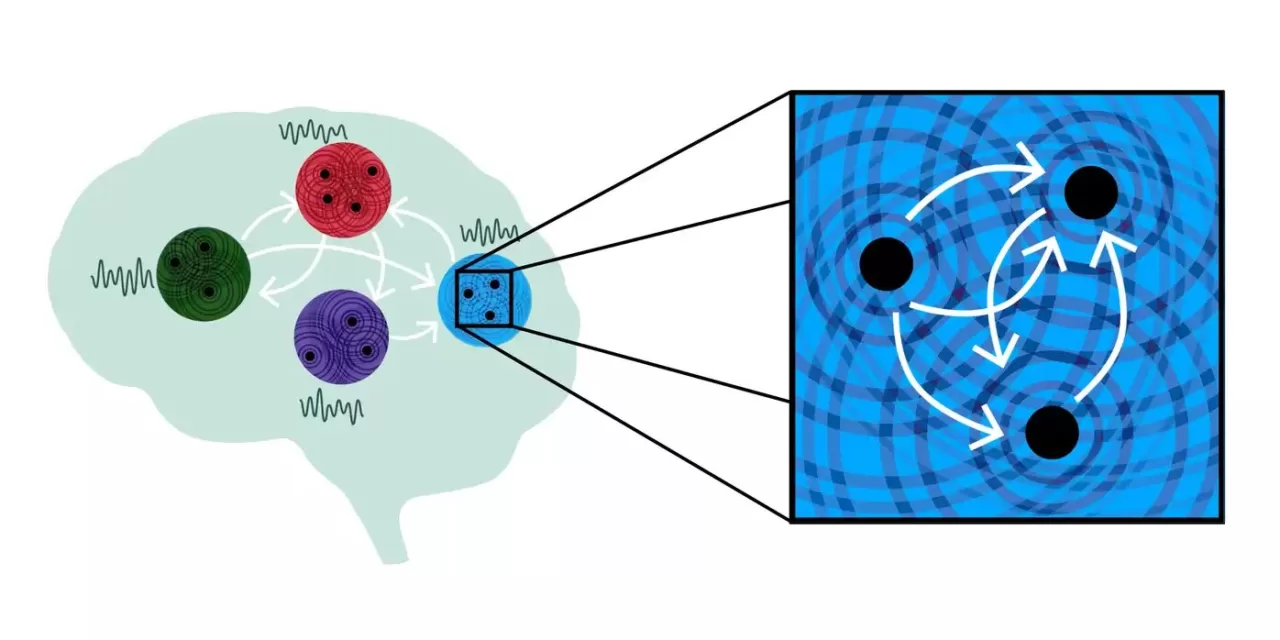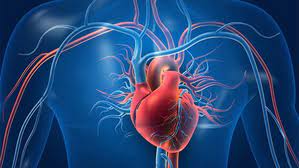Frankfurt am Main, Germany—Researchers at the Ernst Strüngmann Institute have made a groundbreaking discovery in understanding fundamental brain processes. Led by Wolf Singer, the team has provided compelling evidence that the brain’s rhythmic patterns play a crucial role in information processing, a function that has long remained elusive.
Using computer simulations, the researchers demonstrated that recurrent networks with oscillating nodes outperform non-oscillating networks, effectively replicating many experimentally observed phenomena. The study, published in the Proceedings of the National Academy of Sciences, suggests that oscillatory dynamics are not merely incidental but essential for efficient brain computation.
A New Perspective on Brain Dynamics
The research further reveals that incorporating heterogeneity in network parameters—such as varying oscillation frequencies and conduction delays—enhances network performance. This challenges the notion that biological network variability is a byproduct of nature’s imprecision; rather, it indicates an optimized computational system capable of handling stimuli with diverse properties.
Felix Effenberger, first author of the study, explained, “Our findings challenge the traditional view of brain dynamics, which often assumes localized information processing. Instead, we propose that the brain employs waves to execute computations in a highly distributed and parallelized manner. The interference patterns generated by these waves facilitate holistic representation and encoding of both spatial and temporal relationships among stimulus features.”
Networks as Wave Generators
The researchers suggest a shift in understanding neuronal networks—not as rigid, circuit-like structures but as mediums for generating and propagating waves. These oscillatory patterns allow the brain to process information in a distributed manner, leveraging resonance and synchronization to optimize cognitive functions.
“This is a major step forward in our understanding of how the brain computes,” said Singer. “The proposed computational strategy is well-suited for cognitive functions that require evaluating multiple nested relations, such as visual scene comprehension and language processing.”
Additionally, the study addresses the long-standing “Binding Problem,” proposing that feature binding—where different features of an object are processed together—occurs through synchronized oscillatory responses.
Implications for Neuroscience and AI
Beyond neuroscience, these findings could significantly impact artificial intelligence. By adopting principles from brain oscillations, researchers may develop novel energy-efficient AI chips. Such technology could revolutionize AI systems, making them more robust, adaptive, and capable of learning from smaller datasets.
As the study sheds new light on neural computation, it opens avenues for further research into both biological and artificial neural networks, deepening our understanding of cognition and technological innovation.
Disclaimer: The findings presented in this article are based on scientific research and are subject to further validation. The implications for artificial intelligence and computational neuroscience remain areas of ongoing exploration and development.











